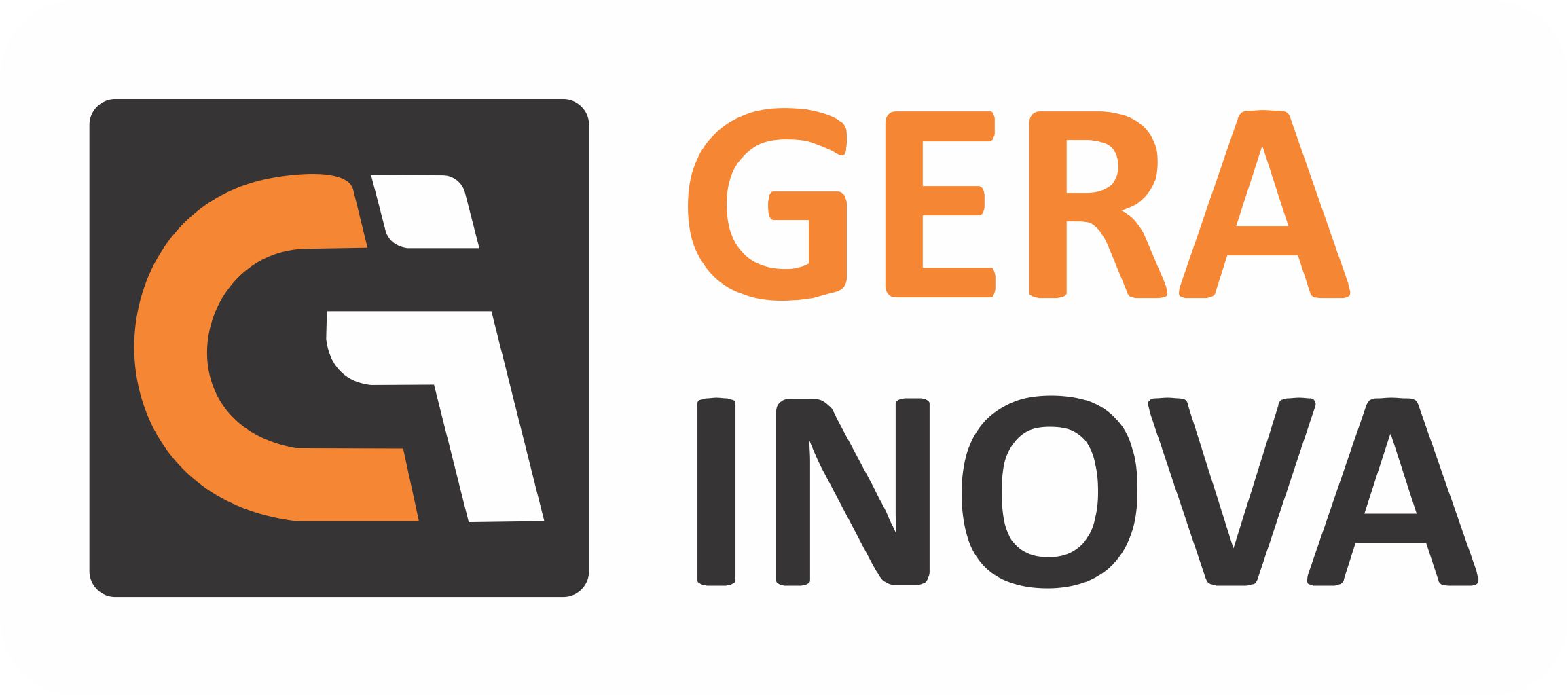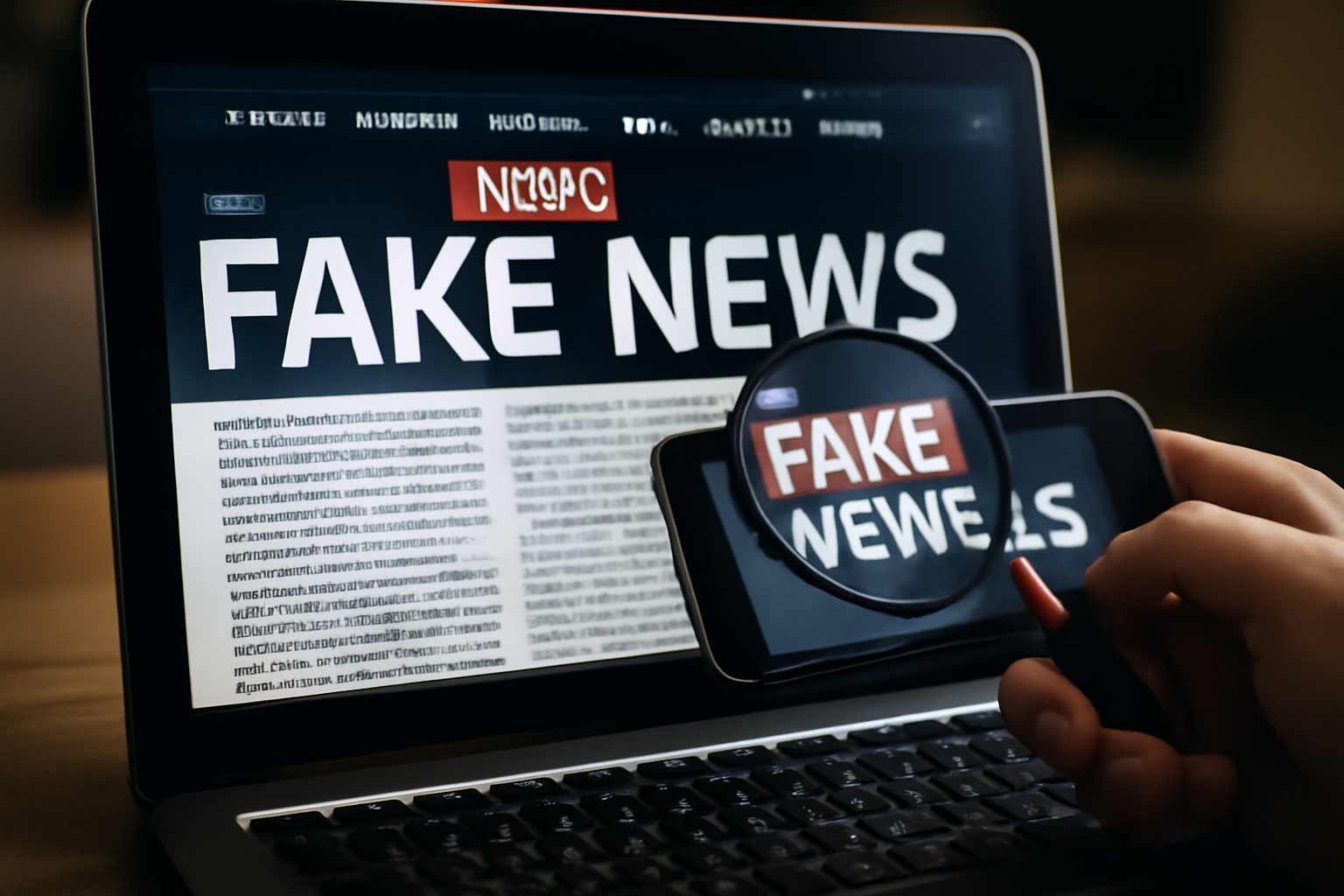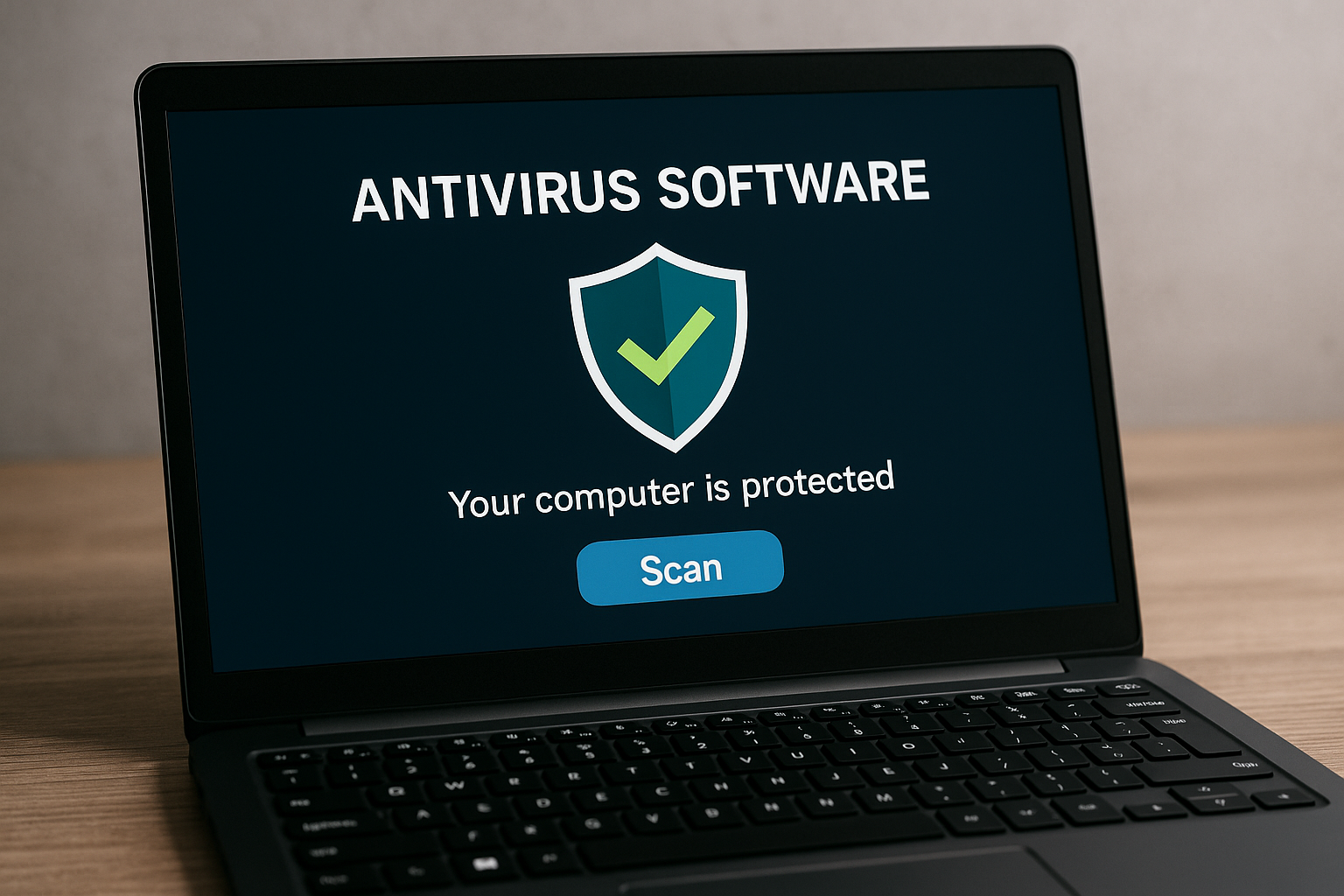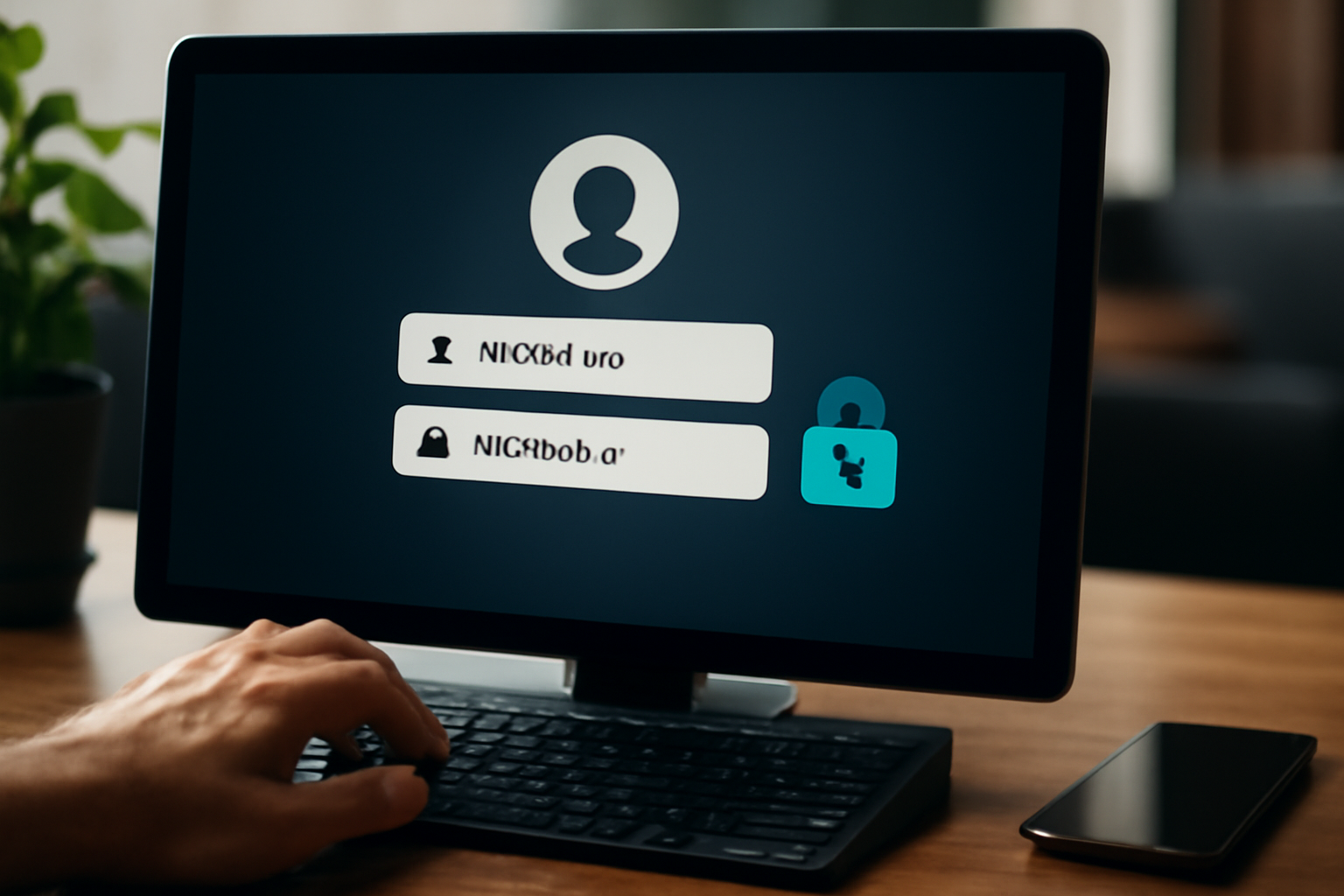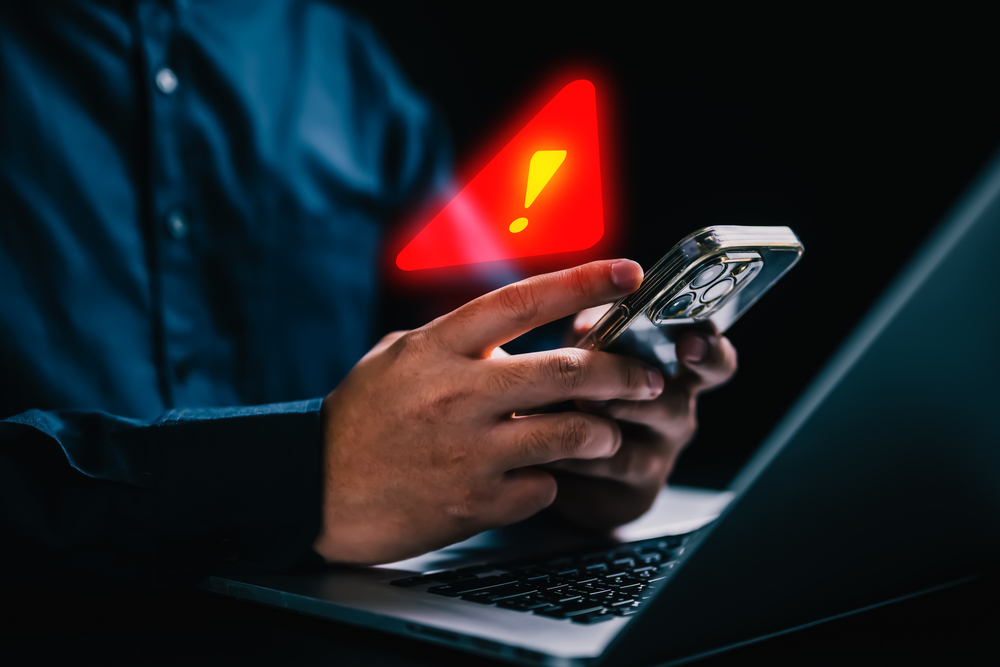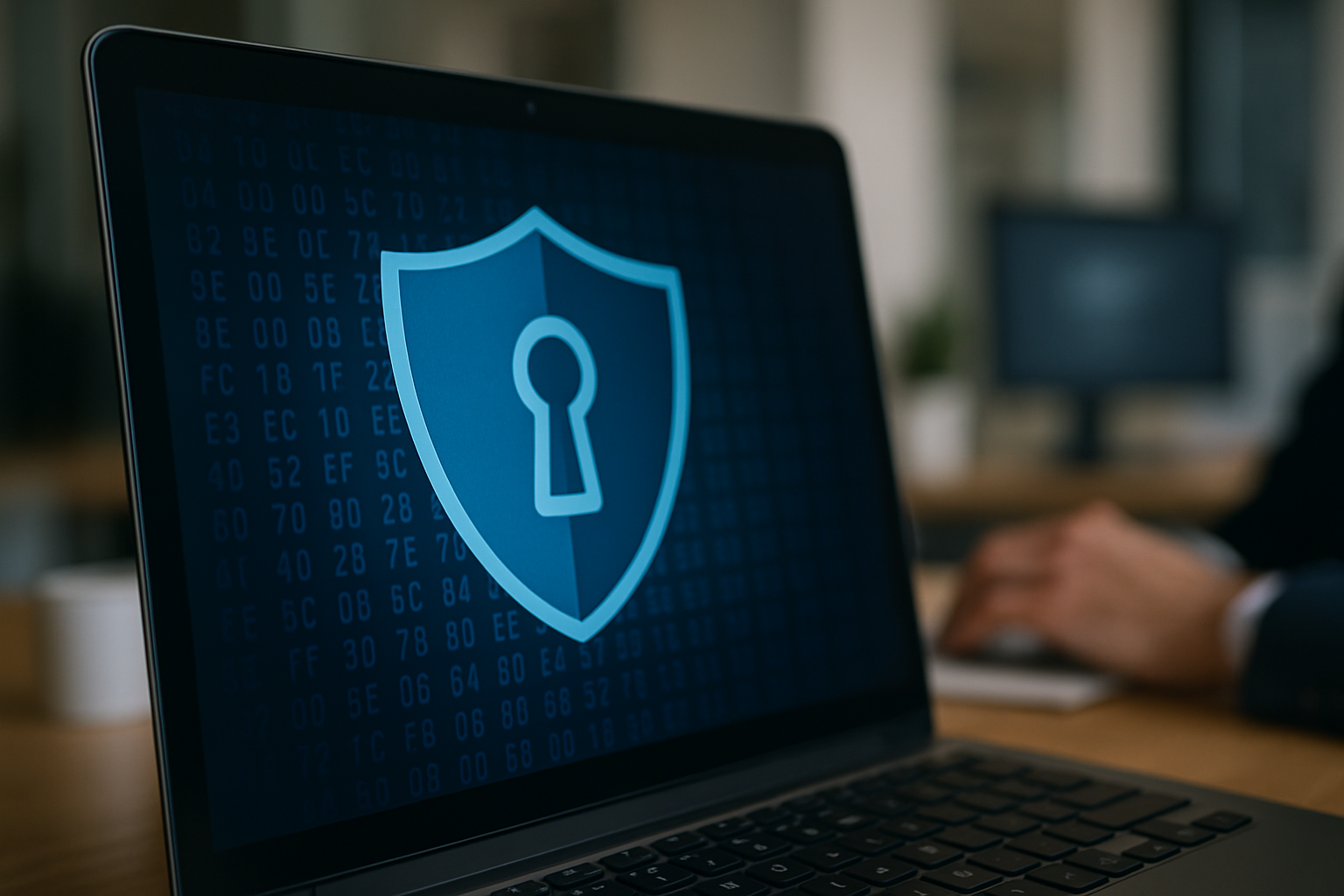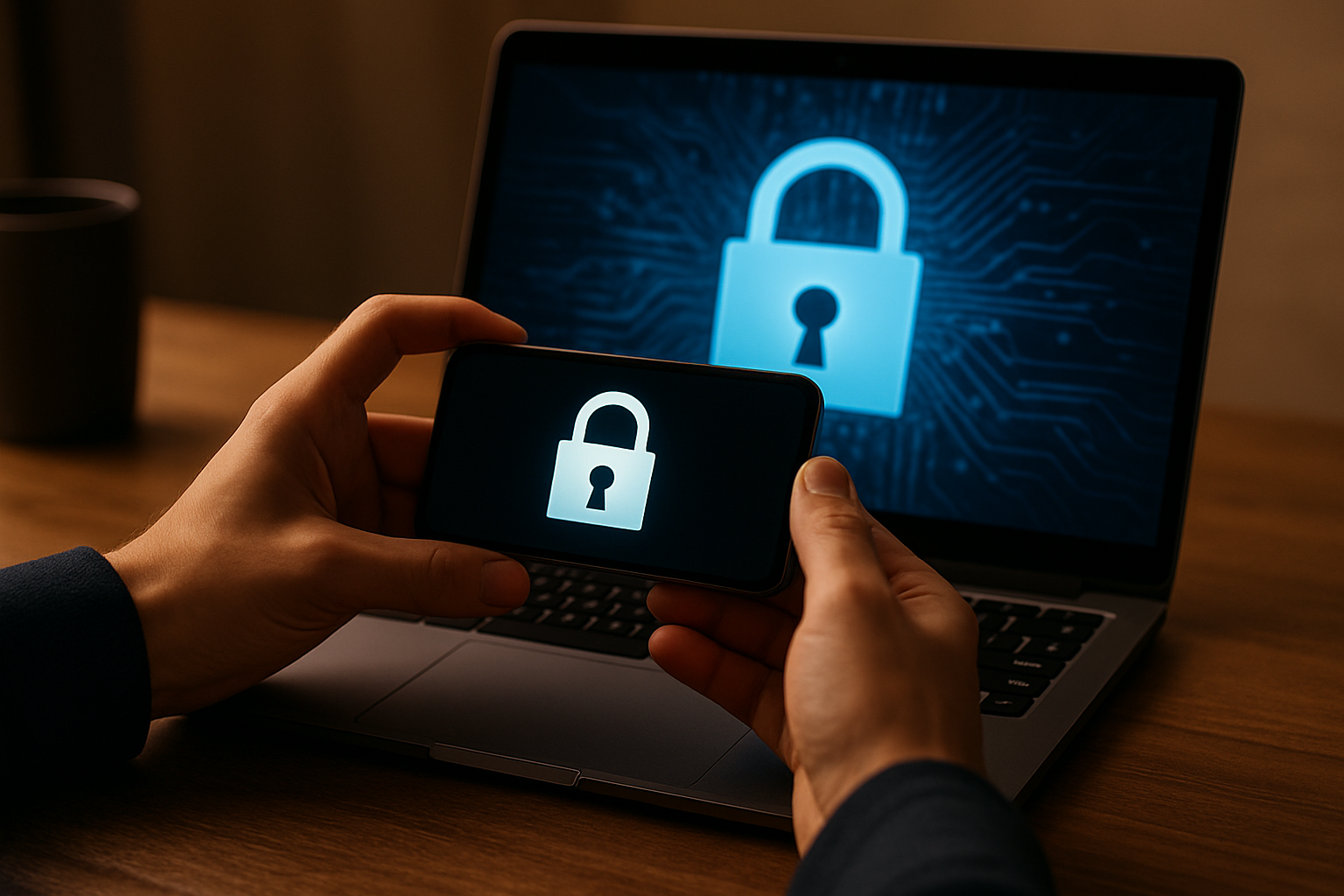In today’s digital age, the spread of misinformation and fake news has become a significant concern. With the rise of social media platforms, websites, and blogs, information is more accessible than ever. However, this also means that misinformation can spread just as quickly, leading to confusion, panic, and misinformed decisions. Identifying fake news has become crucial in ensuring that we rely on accurate, credible sources for the information we consume.
Fortunately, with the advancement of technology, there are now several tools and strategies to help us differentiate between fact and fiction. In this article, we will explore how technology can assist in identifying fake news, provide practical tips for navigating the digital landscape, and explain how to verify the authenticity of the content you encounter online.
Why Fake News is a Growing Problem
Before diving into the technologies that can help us identify fake news, it’s important to understand why this issue is so prevalent in today’s world. Fake news is often created with the intent to deceive, manipulate, or entertain. It can be spread by malicious actors, sensational media outlets, or even well-meaning individuals who unknowingly share inaccurate information.
The impact of fake news can be far-reaching:
- Influence on Public Opinion: Fake news can sway political opinions, influence elections, and manipulate public sentiment.
- Public Health Risks: Misinformation about medical treatments or health guidelines can result in harmful behaviors, as seen with false claims about vaccines or COVID-19 treatments.
- Damage to Credible Institutions: Fake news can undermine trust in reputable institutions such as governments, news organizations, and scientific bodies.
As the digital landscape continues to evolve, it’s essential to equip ourselves with the tools and knowledge necessary to spot fake news before it spreads.
1. Use Fact-Checking Websites
One of the most reliable ways to verify the authenticity of news stories is to consult fact-checking websites. These platforms are dedicated to debunking false claims, verifying facts, and providing context for the news you see.
Fact-Checking Websites
Several well-known fact-checking organizations have been established to address the rise of misinformation. Some of the most reputable sources include:
- Snopes: One of the oldest and most trusted fact-checking websites, Snopes covers a wide range of topics, from viral rumors to political misinformation.
- PolitiFact: A fact-checking organization focused on evaluating the accuracy of statements made by politicians and public figures.
- FactCheck.org: A project of the Annenberg Public Policy Center, FactCheck.org specializes in debunking political misinformation and disinformation.
- Reuters Fact Check: Reuters offers a dedicated fact-checking section that debunks viral claims and misinformation related to current events.
Why They’re Essential:
- Credibility: Fact-checking websites rely on reliable sources and expert knowledge to verify information, making them one of the most trustworthy resources for identifying fake news.
- Transparency: These sites often provide detailed explanations of how they reached their conclusions, allowing readers to see the evidence for themselves.
- Real-Time Updates: Fact-checkers regularly update their databases to keep up with the rapid spread of fake news, making them valuable tools for staying informed.
Example:
If you come across a story claiming that a celebrity has made a controversial statement, a quick search on Snopes or PolitiFact can help you verify whether the story is legitimate or if it has been misreported or fabricated.
2. Leverage AI-Based Tools for News Verification
In recent years, artificial intelligence (AI) has been used to create powerful tools that can help identify fake news. AI algorithms are designed to analyze content and detect patterns that may indicate misinformation, such as sensational language, misleading headlines, or manipulation of facts.
AI News Detection Tools
Several platforms and tools leverage AI to assess the credibility of news articles. Some popular examples include:
- Google Fact Check Tools: Google offers a Fact Check Explorer that allows users to search for fact-checked claims and view their sources. This tool also includes AI-powered features that help identify unreliable content.
- Media Bias/Fact Check: This site uses AI to analyze media outlets and categorize them based on their bias and factual accuracy, allowing you to assess the reliability of a news source before reading their content.
- ClaimBuster: ClaimBuster is an AI-driven tool that automatically scans articles for fact-checking, evaluating claims for accuracy and credibility. It has been widely used in research and journalism to verify news content.
Why They’re Essential:
- Speed and Efficiency: AI-based tools can scan large volumes of content quickly, providing immediate results about a news article’s authenticity.
- Pattern Recognition: These tools can analyze language patterns, identify misinformation techniques, and flag potentially misleading content based on historical data and content analysis.
- Scalability: AI tools can be used to monitor vast amounts of content across social media, websites, and news outlets, making them effective for combating the spread of fake news on a large scale.
Example:
If you’re reading an article about a political event, you could use Google’s Fact Check Explorer or Media Bias/Fact Check to see if the information in the article has been verified by credible sources. AI-based tools can highlight the most accurate information and point out any inconsistencies or biases.
3. Check the Source of the News
One of the simplest yet most effective ways to spot fake news is by checking the source. Reputable news outlets and organizations typically follow strict editorial standards and adhere to ethical journalism practices. On the other hand, fake news websites often lack accountability and rely on sensationalism to attract clicks.
How to Evaluate the Source
- Verify the Website: Look for well-known, established news outlets with a history of reliable reporting. Check if the website has a “Contact Us” page, editorial guidelines, and transparent ownership information.
- Research the Author: Investigate the author of the article. Are they a credible journalist with a history of accurate reporting? If the article doesn’t include an author or the author’s credentials, proceed with caution.
- Check for Bias: Many websites have inherent political or ideological biases. Use tools like Media Bias/Fact Check to assess the reliability and bias of the source.
Why It’s Essential:
- Accountability: Credible news outlets are accountable for the accuracy of their reporting. Fake news websites, however, often publish content anonymously or use misleading pseudonyms.
- Editorial Standards: Established outlets adhere to editorial standards that require fact-checking, while fake news websites often bypass these checks.
- Red Flags: Fake news websites often use clickbait headlines, lack reputable sources, and make extreme claims without evidence. By examining the website’s design and content, you can spot these red flags.
Example:
If you encounter an article on a website you’ve never heard of, do some quick research. Check if the website is known for publishing clickbait or misleading content. If it has a reputation for sensationalism, it’s worth questioning the authenticity of the article.
4. Use Reverse Image Search
Sometimes, fake news spreads through images that have been taken out of context or manipulated. A quick way to verify the authenticity of an image is by performing a reverse image search. This technology allows you to find where the image has appeared online, helping you determine if it’s been doctored or misrepresented.
How to Perform a Reverse Image Search
- Google Images: Simply upload the image to Google Images or paste its URL to see where else it’s been used across the internet.
- TinEye: TinEye is a dedicated reverse image search tool that provides a detailed history of where an image has appeared online, helping to track its origin and detect manipulation.
- Yandex: Yandex also offers an effective reverse image search tool that can help identify the authenticity of photos and graphics used in news articles.
Why It’s Essential:
- Detect Manipulated Images: Reverse image search helps uncover photos that have been altered or taken out of context.
- Track Image Origin: By tracking where an image first appeared, you can determine whether it’s been reused in misleading or misleading contexts.
- Spot Fake Photos: If a viral image is claimed to depict a recent event, reverse image search can show if it’s actually from a different time or place.
Example:
If you come across an image that allegedly shows a political protest, but it seems exaggerated or sensational, performing a reverse image search can show whether the photo was actually taken at an unrelated event months earlier.
Conclusion
With the increasing prevalence of fake news, it is more important than ever to equip ourselves with the right tools and knowledge to distinguish fact from fiction. Technology plays a crucial role in helping us verify the information we encounter online. From fact-checking websites and AI-powered tools to reverse image searches and evaluating news sources, these technologies provide essential resources for verifying the credibility of content.
By incorporating these practices into your daily media consumption, you can reduce the spread of misinformation, stay well-informed, and make better decisions. In the age of digital information, it’s vital to be critical of the sources and stories we engage with—and with the help of technology, we can navigate this landscape with confidence.
